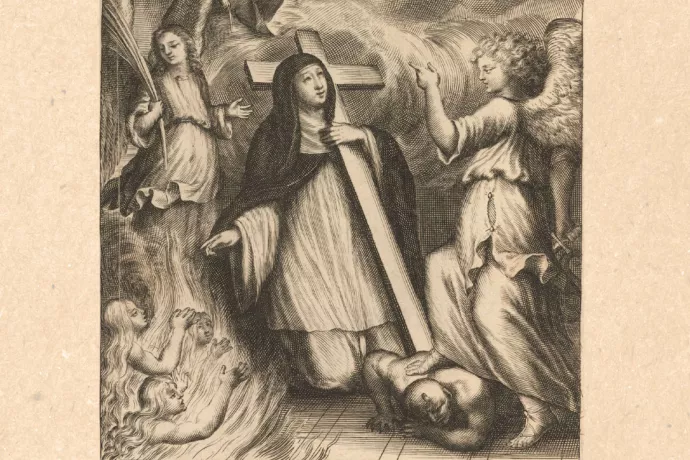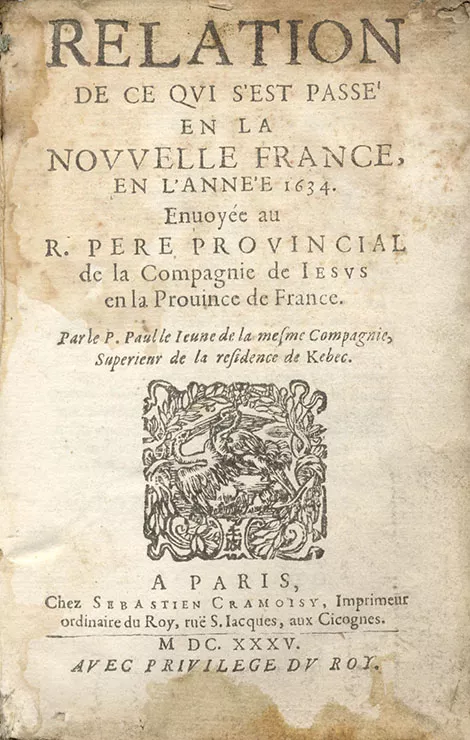
This Halloween, discover how demons vexed the Jesuits
As we creep and crawl towards Halloween, we can heighten the spooky season with a fascinating read on historical demonic forces, and the early modern Christians who tried to outwit them.
In the book article “Jesuit Missionaries and the Accommodationist Demons of New France,” University of Toronto Mississauga history professor Mairi Cowan transports us back to 17th century life in France’s North American colony that, according to the evangelizing Society of Jesus members, was rife with malevolent spirits.
“The missionaries were participating in a worldwide, cosmic battle against the devil and his forces,” writes Cowan in her article, which published in the 2018 book Knowing Demons, Knowing Spirits in the Early Modern World. New France “was a horrible desert because of the malice of Satan.”
In their spiritual conquest of New France, the Jesuits were on a mission to convert the Indigenous peoples of North America. When Indigenous communities shared their own spiritual beliefs, the missionaries interpreted them to be demons in disguise – the same kinds prominent in Christian Europe.

The Jesuits were known for being accommodationist – they adapted their approaches and messages about Catholicism to suit the local cultures in which they operated. They played the long game on conversion, living and proselytizing for years in Indigenous communities.
When the Jesuits learned about Oki, the life force of the Iroquois, or Manitou, the great spirit of the Algonquins, they assumed these were actually demons also being accommodationist – subtly insinuating themselves into Indigenous life to claim their souls for Satan.
Ironically, however, the Jesuits themselves came to be perceived as demons by some Indigenous community members, Cowan writes.
“With their clearly indicated (and self-proclaimed) spiritual power, their anti-social behaviour and their arrivals coincident with the outbreak of devastating disease, it is not surprising that some of the Jesuits’ religious practices would come to be seen as magical and pernicious, that the Jesuits themselves would come to be seen as…demons.”
Cowan, who recently received a Teaching Excellence Award from the Ontario Confederation of University Faculty Associations, is a historian of the late medieval and early modern world specializing in the social and religious histories of New France and Scotland. This distinct slice of life in New France first came onto her radar a few years ago during a family vacation in Quebec City. There, she learned about a non-literate teenaged girl who had arrived from France in 1659 to work as a domestic servant. She was widely thought to be possessed by a demon, and was subsequently “helped” by Jesuit missionaries. Cowan is currently in the process of publishing a book about this unusual story.
If we view demons as a reflection of what scares us, then what did these spooky forces mean to the Jesuits?
“One thing that frightened settlers in 17th century New France was that the whole colonial project would fail. The fear of demons is an expression of a deeper anxiety about the precariousness of the entire colonial project,” says Cowan. “When we study what frightens us, we learn more about ourselves.”
